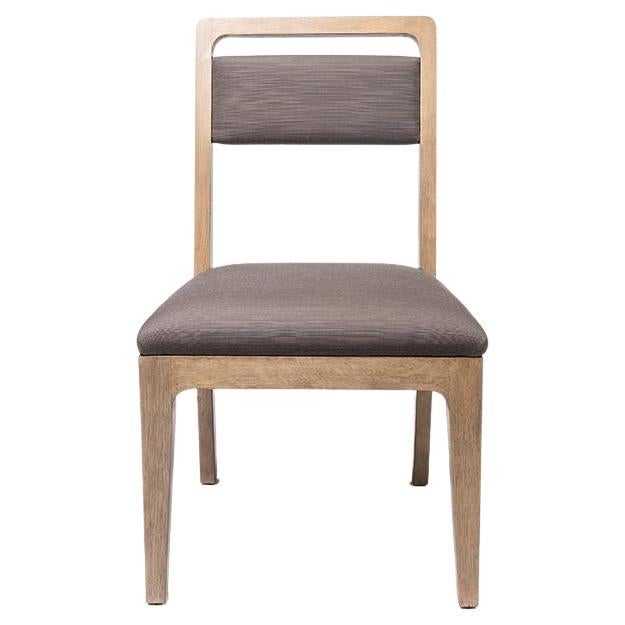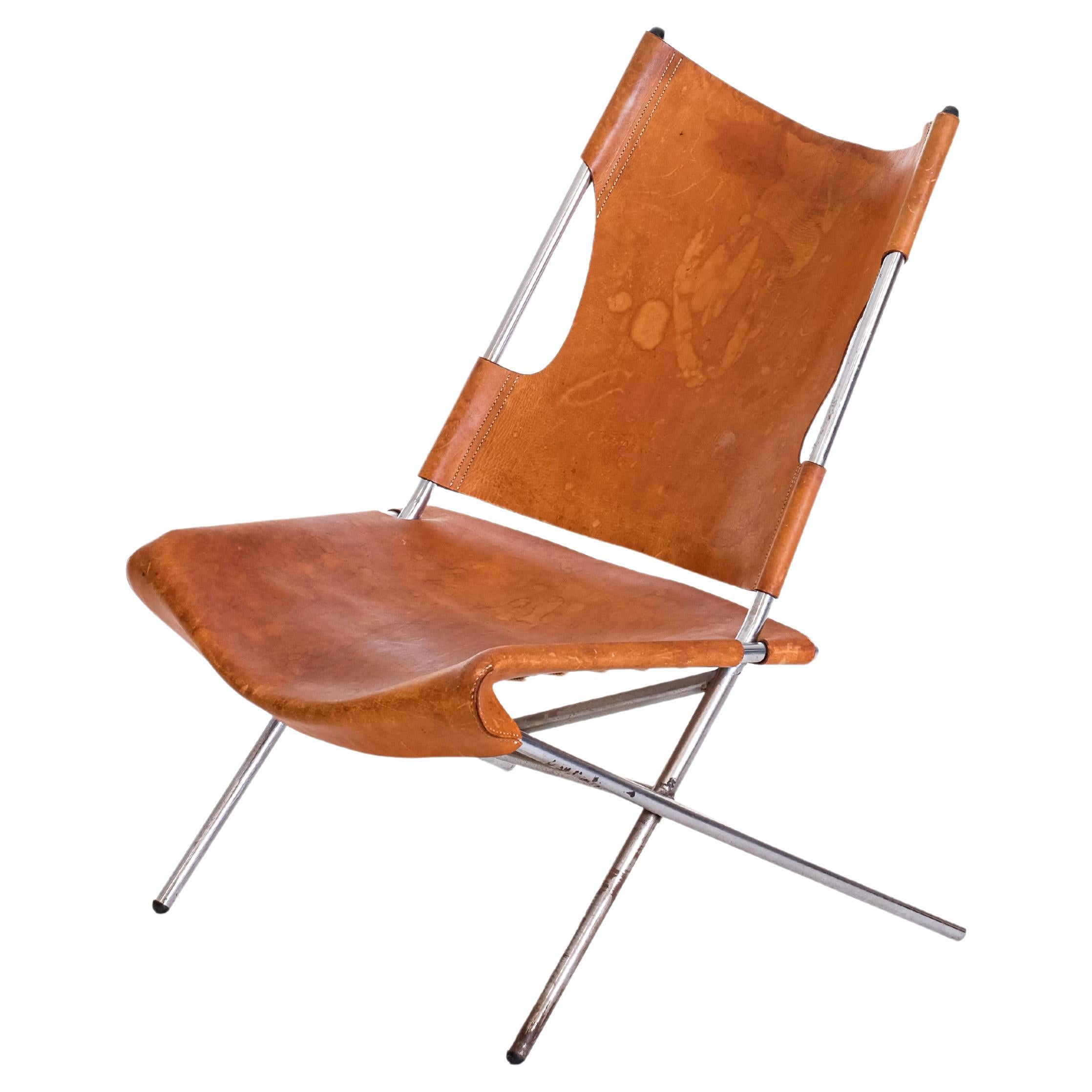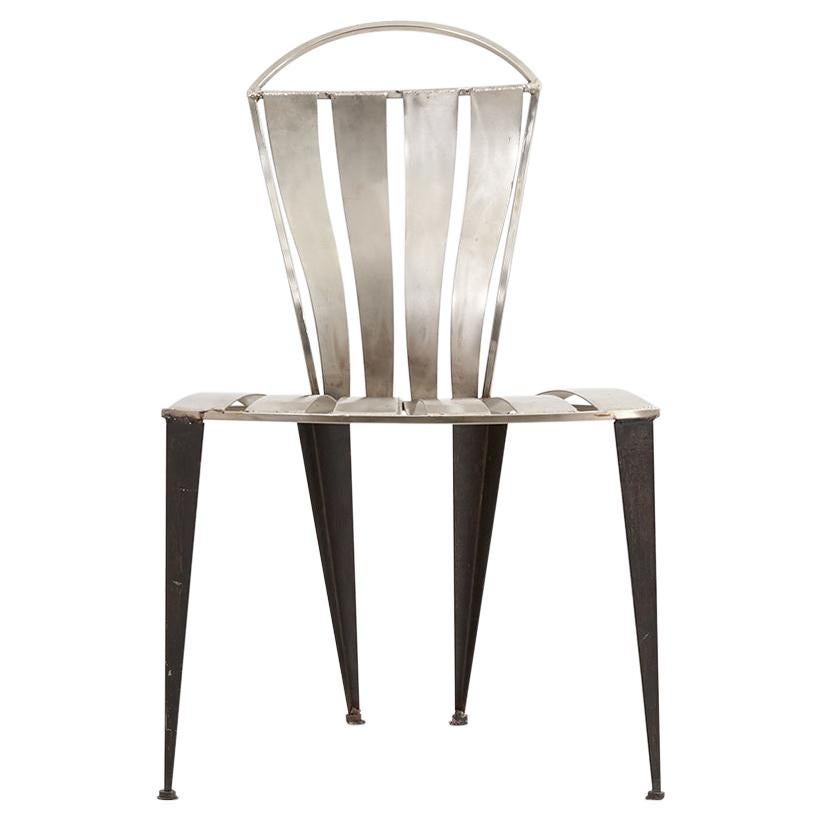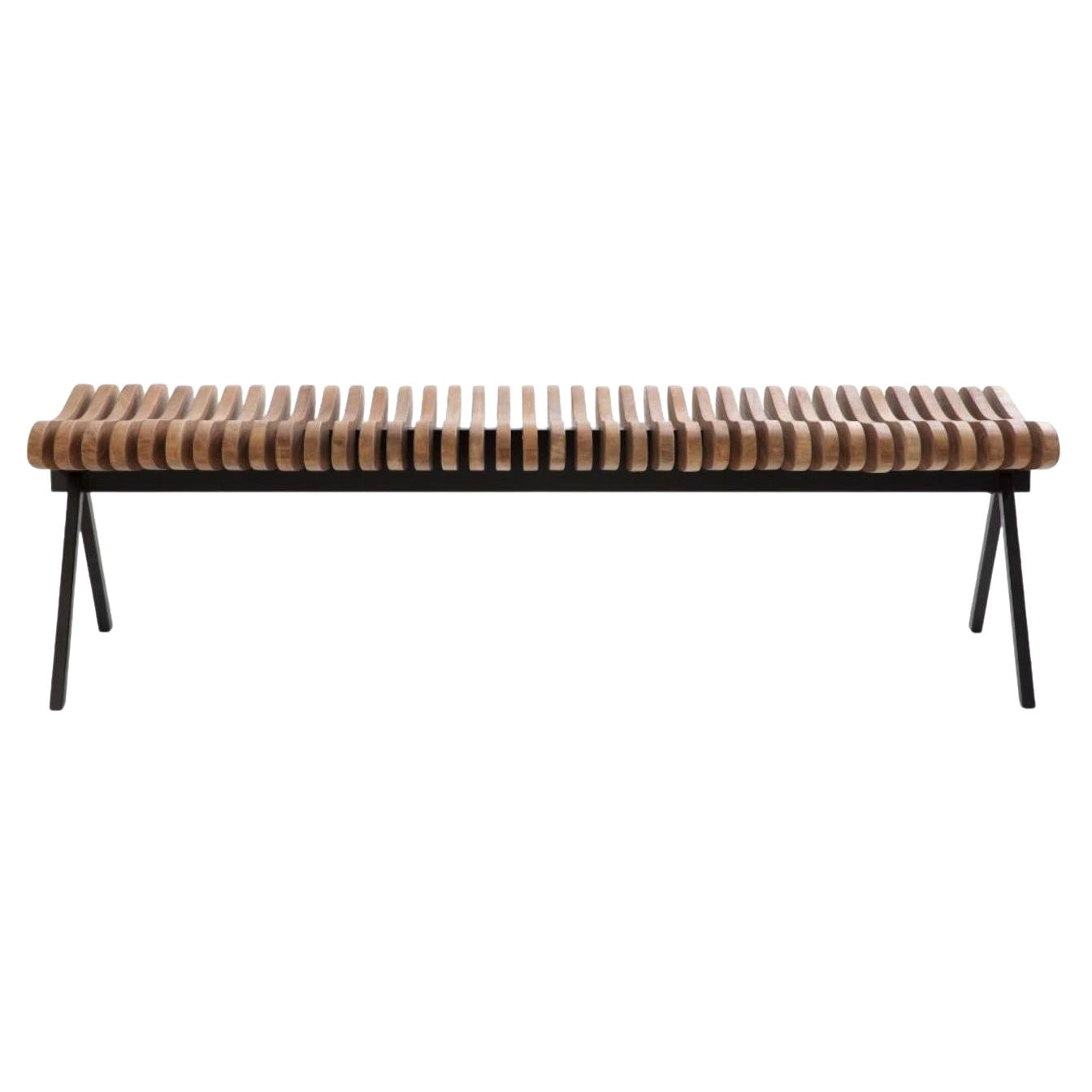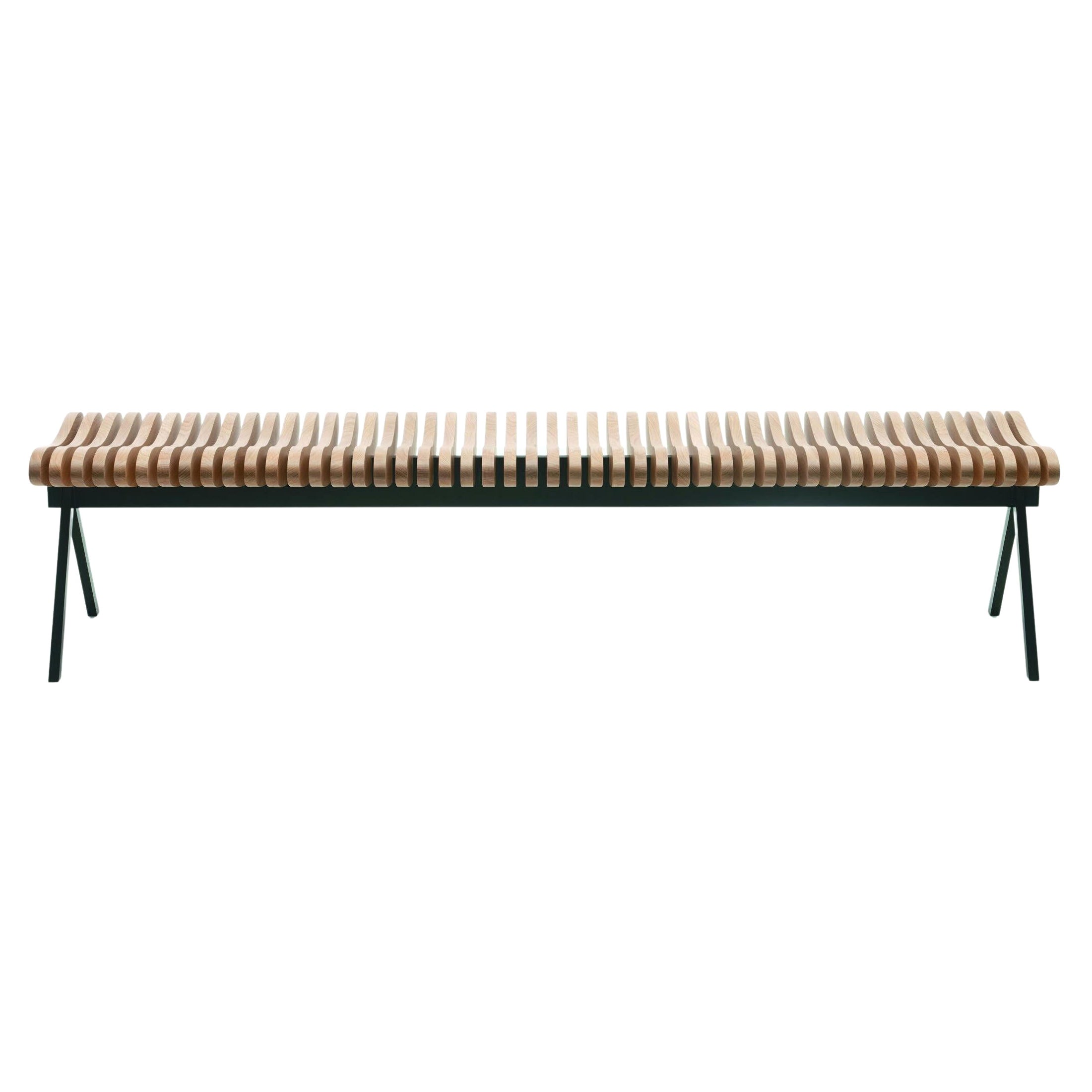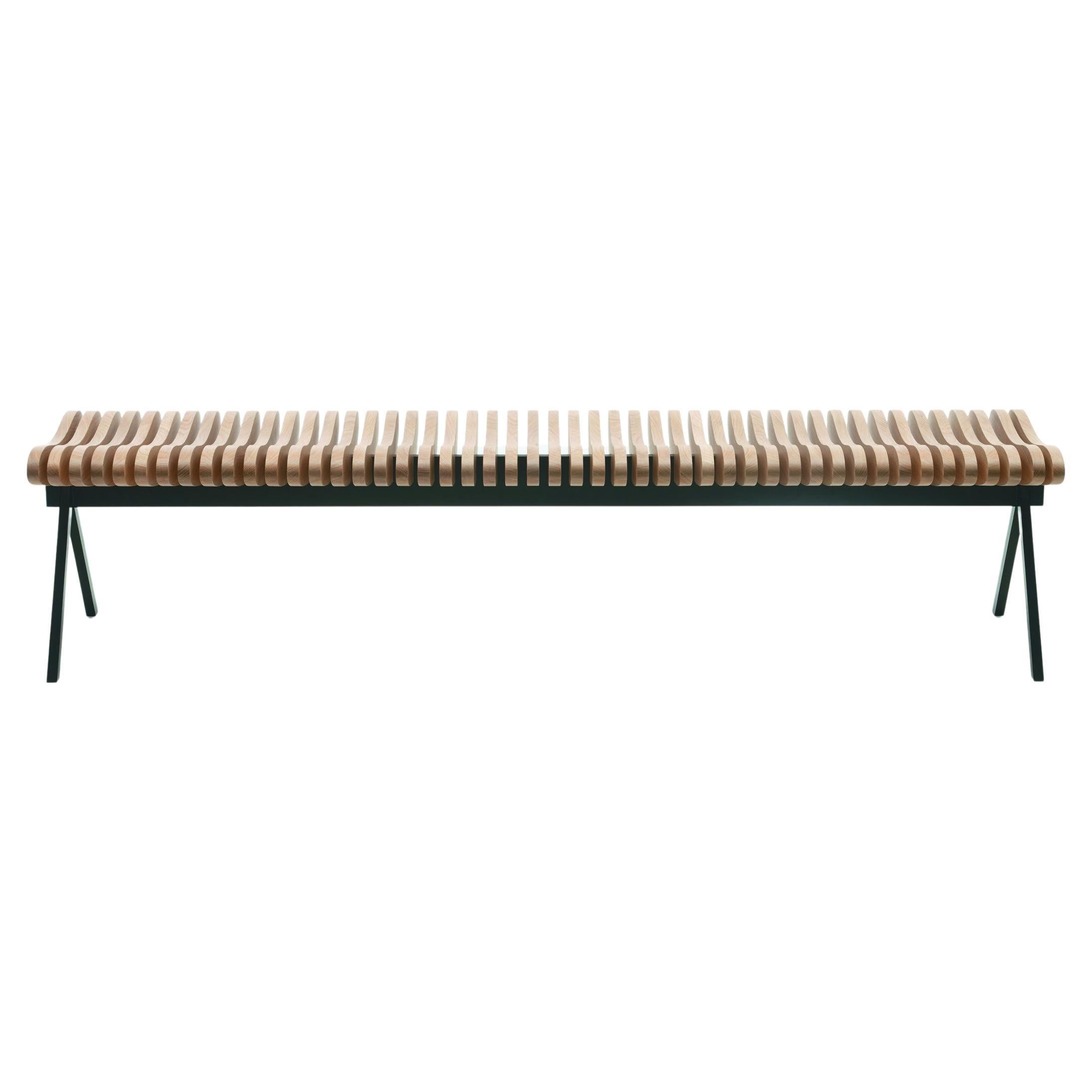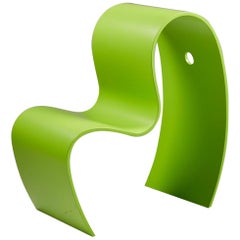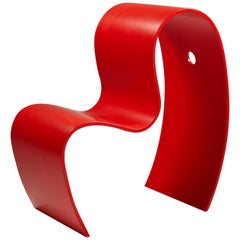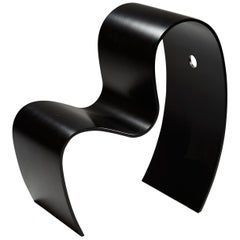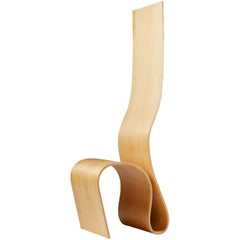
Chair, Lilla H. Designed by Caroline Schlyter, Sweden, 1989
View Similar Items
Want more images or videos?
Request additional images or videos from the seller
1 of 9
Chair, Lilla H. Designed by Caroline Schlyter, Sweden, 1989
About the Item
- Dimensions:Height: 59.06 in (150 cm)Width: 15.75 in (40 cm)Depth: 19.69 in (50 cm)
- Style:Scandinavian Modern (Of the Period)
- Materials and Techniques:
- Place of Origin:
- Period:1980-1989
- Date of Manufacture:1989
- Condition:Refinished.
- Seller Location:Stockholm, SE
- Reference Number:1stDibs: LU1006620579632
About the Seller
5.0
Recognized Seller
These prestigious sellers are industry leaders and represent the highest echelon for item quality and design.
Gold Seller
These expertly vetted sellers are highly rated and consistently exceed customer expectations.
Established in 1998
1stDibs seller since 2013
185 sales on 1stDibs
Typical response time: 2 hours
More From This SellerView All
- Children’s Chair, Lilla M. Designed by Caroline Schlyter, Sweden, 1990sLocated in Stockholm, SEChildren’s chair, Lilla M. Designed by Caroline Schlyter, Sweden. 1990's. Lacquered plywood. Measurements: Height 58.0 cm/ 22 13/16" Width 30.0 cm...Category
1990s Swedish Scandinavian Modern Children's Furniture
MaterialsPlywood, Lacquer
- Children’s Chair, Lilla M. Designed by Caroline Schlyter, Sweden, 1990sLocated in Stockholm, SEChildren’s chair, Lilla M. Designed by Caroline Schlyter, Sweden. 1990's. Lacquered plywood. Measurements: Height 58.0 cm/ 22 13/16" Width 30.0 cm...Category
1990s Swedish Scandinavian Modern Children's Furniture
MaterialsPlywood, Lacquer
- Children’s Chair, Lilla M. Designed by Caroline Schlyter, Sweden, 1990sLocated in Stockholm, SEChildren’s chair, Lilla M. Designed by Caroline Schlyter, Sweden. 1990's. Lacquered plywood. Measurements: Height 58.0 cm/ 22 13/16" Width 30.0 cm...Category
1990s Swedish Scandinavian Modern Children's Furniture
MaterialsPlywood, Lacquer
- Set of Six Chairs Designed by Josef Frank for Svensk Tenn, Model 725, SwedenBy Svenskt Tenn, Josef FrankLocated in Stockholm, SESet of six chairs designed by Josef Frank for Svensk Tenn, Model 725. Sweden. 1938. Mahogany and original leather. Literature: Kristina Wängberg Eriksson, Jan Christer Eriksson, "Josef Frank Möbelformgivaren", Carlsson Bokförlag, Stockholm 2014, p. K 18 H: 90 cm W: 58 cm D: 63 cm SH: 43 cm Armrest height: 69 cm (at the highest point) Josef Frank was a true European, he was also a pioneer of what would become classic 20th century Swedish design and the “Scandinavian Design Style”. Austrian- born Frank started his design career as an architect after having trained at the Technische Hochschule in Vienna between 1903 and 1910. After his training he went on to teach at Kunstgewerbeschule (The Viennese School of Arts and crafts) where he developed and espoused the new school of modernist thinking towards Architecture and Design that was coming to fruition in Vienna at the time. He also went on to lead the Vienna Werkbund throughout the 1920s. This was a truly progressive group of Architects and Designers who set about improving the daily lives of Austrian people through modernist design and architecture in partnership with Arts and Crafts ideals and construction. Frank’s leadership of the Werkbund had already cemented his place at the forefront of European design. Frank’s time in Vienna was typified by his design for the “Die Wohnung” exhibition of the Deutscher Werkbund in Stuttgart, 1927 where he exhibited along side his contemporaries at the forefront of design, such as the likes of Le Corbusier and Walter Gropius. Here he showed a specially designed pair of flat-roofed reinforced concrete houses in what is now seen as a typical modernist style. What separated Frank’s house from the other 32 houses of the exhibition was the interior and furniture inside the building. It was described as “Neo-Classical” and filled with an eclectic mix of period pieces, modern design and pieces designed by Frank himself that seemed to cross the two worlds. This was a complete opposite direction to that which his fellow Architects were travelling in with their pared back and angular aesthetics. Frank said of his own work: “The house is not a work of art, simply a place where one lives,” and by this reasoning Frank rejected the regimental mechanisation of the living space that his contemporaries believed in, instead he set about creating congenial and spontaneous interiors. Frank’s practice saw him placing the bright colours and the soft forms of nature back into the furnishings and interiors that he thought modernism sorely mist. Frank, along with Oskar Walch set up Haus und Garten in Vienna in 1925. This was Frank’s first commercial foray into furniture and home furnishings and the company went on to become the most influential furnishing house in Vienna with a riotous depth of colour and interesting shapes becoming the trademark of their design. However this success was to come to an end with rise of Nazism in Vienna in the early 1930’s. Frank was Jewish, and he and his wife Anna decided they would leave Vienna for her motherland: Sweden, in 1933. Frank continued to design for Haus and Garten, visiting Vienna occasionally and designing the pieces that would continue to be the company’s best...Category
Vintage 1930s Swedish Scandinavian Modern Chairs
MaterialsLeather, Mahogany
- Pair of Easy Chairs Designed by Otto Schulz for Boet, Sweden, 1940sBy Otto SchulzLocated in Stockholm, SEPair of easy chairs designed by Otto Schulz for Boet, Sweden, 1940s. Wool upholstery and lacquered wood. This Schulz model is one of the designer’s rarest and finest chairs. Both chairs are newly reupholstered in the most luxurious Boucle fabric by one of Sweden’s best reupholsters. Otto Schulz was one of the most prominent furniture designers of his time; he founded the Swedish company Boet and an eponymous magazine that became an extremely influential design publication during the 1930s and 40s. This chair is based on the “Sulla chair...Category
Mid-20th Century Swedish Mid-Century Modern Wingback Chairs
MaterialsWool, Wood
- Stool Designed by Stig Lönngren, Sweden, 1947By Stig Lönngren 1Located in Stockholm, SEStool designed by Stig Lönngren, Sweden, 1947. Teak and leather. Stig Lönngren (1924-2022) received his carpentry qualifications in 1946. He went on to...Category
Mid-20th Century Swedish Mid-Century Modern Stools
MaterialsLeather, Teak
You May Also Like
- Set of Four Chairs by Lars W. Schlyter for Slöjdföreningens SkolaLocated in Borås, SEc. 1929 Leather upholstery, Macassar Ebony. Designed by Lars W. Schlyter for Slöjdföreningens School in Gothenburg, Sweden for the Stockholm Exhibition 1930. H 90 cm/35,4 in. x SH...Category
Vintage 1920s Swedish Scandinavian Modern Chairs
MaterialsLeather, Macassar
- Caroline ChairBy Ashley YeatesLocated in Carmel, CAContemporary design with traditional flair, ideal for comfort with openness to compliment, not overshadow dining table for busy space. Completely customizable from wood species to CO...Category
21st Century and Contemporary American Mid-Century Modern Chairs
MaterialsWood
Price Upon Request - BLOC Wedge Upholstered Lucite Chair by Caroline ChaoBy Caroline ChaoLocated in New York, NYAs seen in: Sight Unseen, Interior Design Magazine, Surface Magazine, Residence Magazine BLOC Wedge Chair is part of a five-piece collection of sculptural upholstered and mixed-mate...Category
2010s American Modern Chairs
MaterialsAcrylic, Fabric, Wood, Lucite, Foam
$4,400 / item - Easy chair 'Focus' design Bengt Ruda, Sweden, 1960sBy Marcel BreuerLocated in Stockholm, SE, 1960s. Strong and thick cognac brown leather.Category
Vintage 1960s Swedish Scandinavian Modern Chairs
MaterialsSteel
- Prototype Steel Chair by Tom Dixon, 1989By Tom DixonLocated in Berlin, DEPrototype steel chair by Tom Dixon, 1989.Category
Vintage 1980s English Modern Chairs
MaterialsSteel
- "Lilla Eva" Chair by Kerstin Hörlin-Holmquist, Sweden 1950sBy NK (Nordiska Kompaniet), Kerstin Horlin HolmquistLocated in Utrecht, NLThis “Lilla Eva” model is from the timeless and iconic Paradise Collection, which was created by Kerstin Hörlin-Holmquist during her time as a designer at Nordiska Kompaniet. The nam...Category
Vintage 1950s Swedish Scandinavian Modern Lounge Chairs
MaterialsFabric, Wood
Recently Viewed
View AllMore Ways To Browse
Scandinavian Design Chair
W2 Chair
Chair 42
D4 Chair
3d Chair
W1 Chair
50d Chairs
Swedish Birch Chair
Scandinavian Modern Birch Chairs
Plywood Chairs Scandinavian
Scandinavian Birch Chairs
Scandinavian Plywood Chairs
Scandinavian Modern Plywood Chairs
European Birch Chairs
40 4 Chair
Unknown Swedish Artist
Swedish Plywood Chairs
Caroline Schlyter

